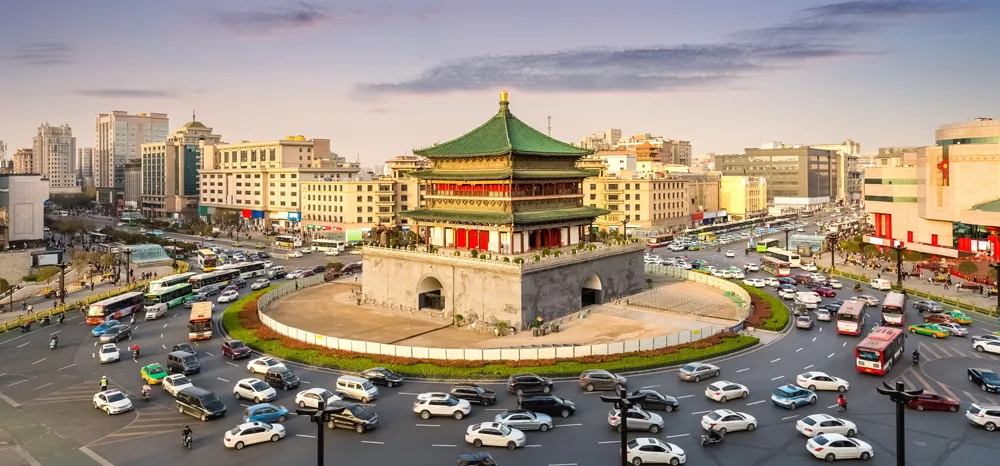
According to figures from the World Health Organisation (WHO), around 1.3 million people are killed every year due to road traffic accidents, with up to 50 million more suffering non-fatal injuries. Frighteningly, road traffic injuries are also the leading cause of death for children and young adults aged five to 29 years of age.
Road traffic deaths also disproportionally impact vulnerable road users such as pedestrians and cyclists, who suffer more than half of all fatalities. The impact of traffic accidents is also amplified in developing countries, which suffer around 90% of all road injuries caused by accidents, despite having just 60% of the world’s vehicles.
Although the human cost of road accidents is the primary focus for cities and highways authorities, there is also a major economic impact. Specifically, according to WHO figures, road accidents cost most countries an average of three per cent of their gross domestic product (GDP).
Due to the scale and severity of the road-safety challenge globally, city and highways authorities are constantly looking for new and more effective ways to protect all road users. Increasingly, smart video is proving its value here, allowing authorities to monitor traffic conditions and driver behaviour in real time, and react instantly if accidents or other dangerous incidents occur on the road.
How can smart video help?
Smart video solutions allow authorities to improve the safety of drivers, cyclists, pedestrians, and other road users in a number of key ways.
Firstly, it can identify and prevent dangerous driving. With smart video, city and highways authorities can immediately detect erratic and dangerous driving, such as vehicles travelling the wrong way down a highway lane or one-way street. With alerts generated automatically and in real time, traffic authorities can arrive on the scene faster, helping to prevent accidents and resulting injuries to road users.
Another key way means the ability to attend the scenes of accidents faster to improve medical outcomes. With the ability to generate alerts automatically and in real time when an accident occurs, smart video solutions can help emergency teams to arrive more quickly on the scene. This enables significant improvements in treatment outcomes and ensures that first-response teams can save as many lives as possible. As a secondary benefit, arriving faster on the scene allows vehicles to be moved out of traffic lanes more quickly, securing accident sites and helping to avoid excessive traffic build-up.
Detect and avoid hazards
Smart video can also help motorists detect and avoid hazards – especially at night.
The most advanced smart video solutions fuse high-resolution video, radar and thermal imaging technologies to detect dangerous objects or animals on the road, even in low-light conditions, or at night. If hazards are detected, drivers can be warned in advance, either using smart roadside signage, or via mobile apps or other media – helping them to slow down and stop in time. This helps to prevent accidents and improve road safety, with the potential to save many lives.
The ability to detect accident black spots and intervene to improve safety is another important smart video benefit. Based on analysis of video data, authorities can understand where accidents happen, and why. These kinds of insights support measures to make problematic junctions and roundabouts safer, either by deploying traffic lights, putting up signs, creating pedestrian crossings, or by taking other actions to reduce accident risks.
Achieve new levels of road safety with Hikvision
To meet the pressing need to improve safety on road networks around the world, Hikvision has developed a range of safety-oriented ITS solutions.
These include AI-powered cameras that detect and report dangerous driving, alert traffic authorities in the event of a crash or other incident in real time, and support data analytics to reduce accident risks at accident blackspots. The company also offers solutions that combine video, radar, and thermal imaging to warn drivers of potential hazards on the road, and to reduce the risk of related accidents.
To find out more about Hikvision ITS solutions and how they help cities and highways authorities to improve road safety for motorists, cyclists, pedestrians and other road users, please visit the website.
You can also contact the company to learn more about how its solutions can support your road safety agenda.
Content produced in association with Hikvision









